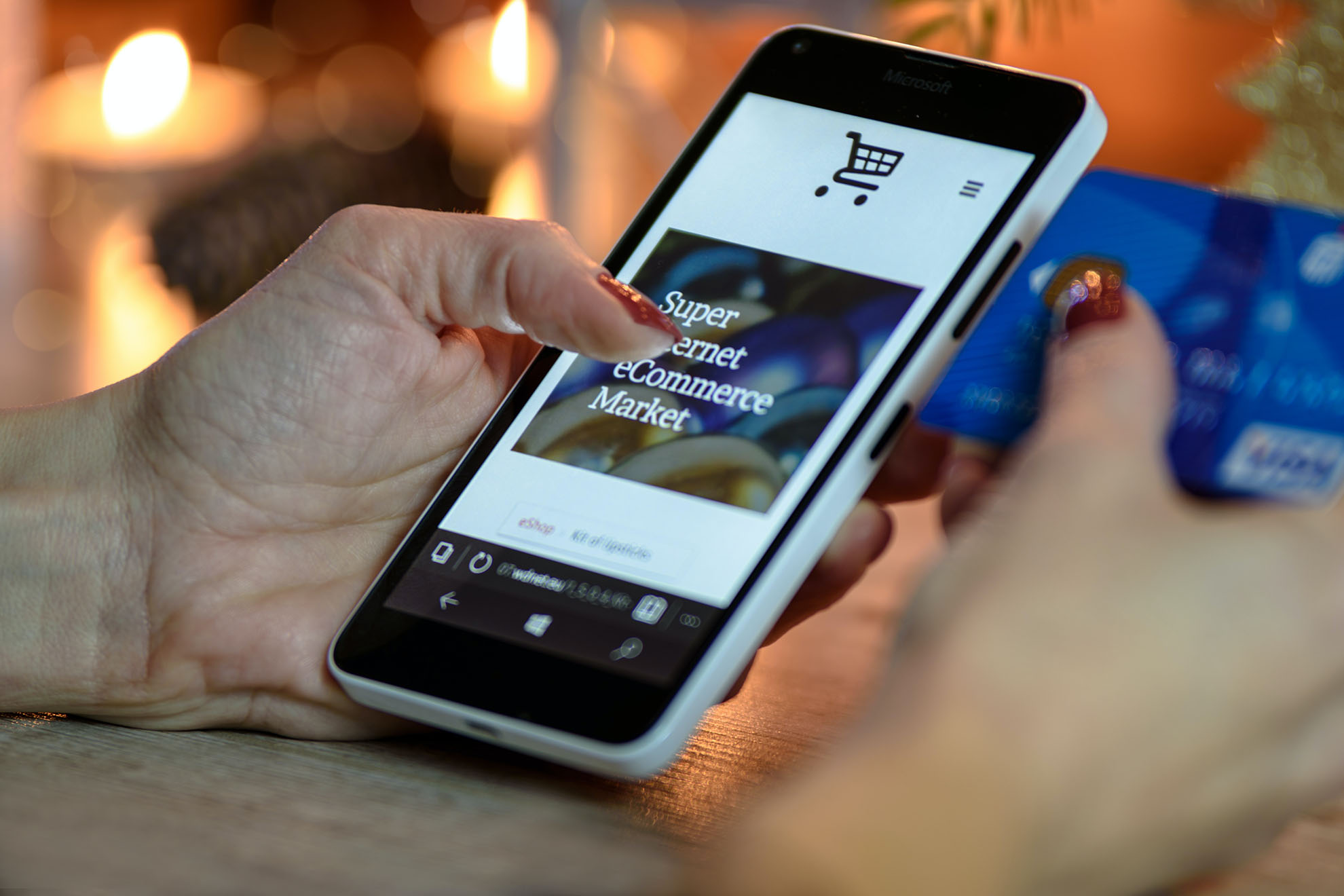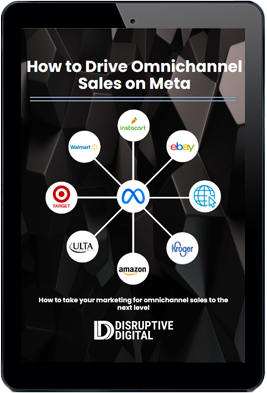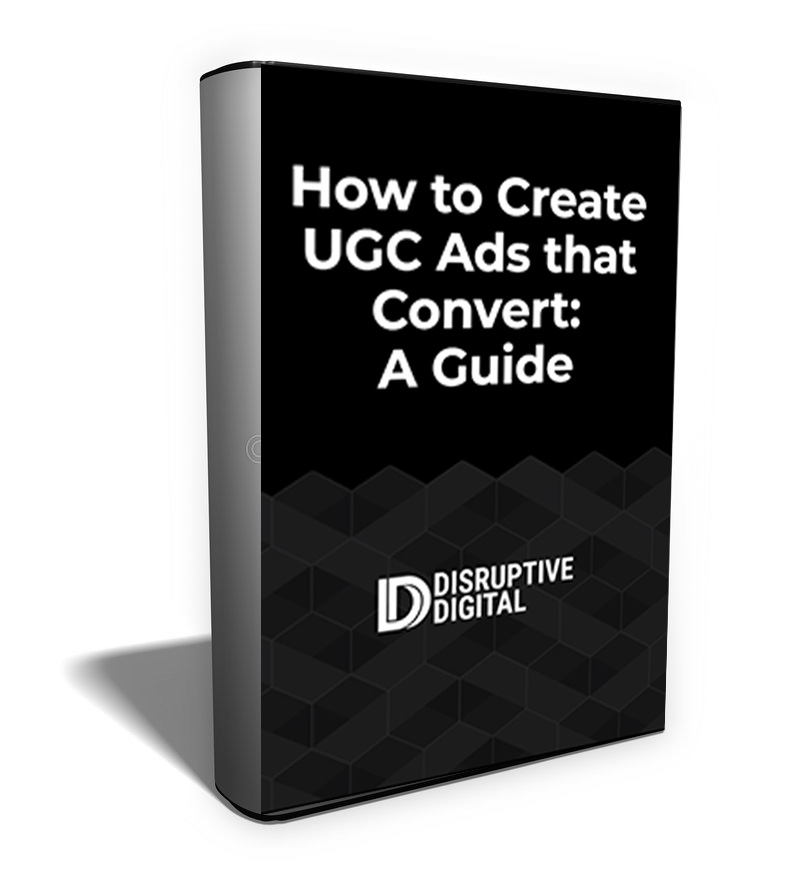This is an excerpt from our ebook, “How to Drive Omnichannel Sales on Meta.”
Whether your selling on a marketplace like Amazon or just got a retail partnership with Target.com, driving sales from Meta ads to non-owned and operated website sites can be extremely difficult.
After all, if nearly 40% of all online sales happen on Amazon, how can you make sure you’re driving cost effective brand sales on the leading marketplace using Meta (and other paid social) ads?

From a measurement perspective, maybe you hope to see a halo effect from your DTC ads leading to partner retail sales.
From a media perspective, maybe you try running some traffic ads to your products on your partner sites and pray somehow people buy with no additional optimization levers.
While there’s still no way to replicate the feedback loop of efficiency available with your DTC ads on Meta, there is a middle ground: using a multichannel commerce platform.
A multichannel commerce platform allows you to easily sell via several online avenues instead of one.
FREE GUIDE
How to Drive Omnichannel Sales on Meta
11 Steps + 4 Advanced Tactics to Take Your Marketing for Omnichannel Sales to the Next Level.
Depending on the software you choose, using a multichannel ecommerce platform can unlock many benefits, like the ability to:
List your products across more marketplaces: If you are still dipping your toes into working with retail partners but want to expand, some platforms can help connect your products to 100s of new channels globally, including marketplaces and retailers with whom you have a wholesale or dropship relationship.
Shorten and optimize the path-to-purchase from ads to retail partners online: Instead of driving traffic blindly to your retail partners, these platforms can help you drive more qualified clicks by educating consumers on dedicated landing pages that then deep link to the retail partner’s shopping cart with your product already added and ready to checkout.
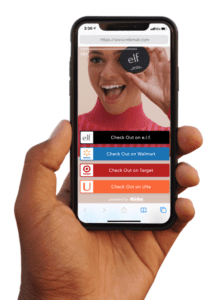
While this isn’t as ideal as optimizing for the purchase, this is significantly better than optimizing people to your retail partner hoping the consumer knows to add the product and checkout!
You also have the ability to use the landing page experiences to help people find the closest store to buy from offline as well.
Optimize the path-to-purchase from your website to retail partners online and offline: Sometimes you lose a consumer from buying on your DTC site. Maybe they bounce off or maybe that product is no longer available in your warehouse. Instead of losing the sale, multichannel commerce partners can allow your consumer to easily buy elsewhere.
You can either drive those consumers to buy your products directly on your retail partner website and also allow consumers to quickly find your products at brick-and-mortar stores close to them.
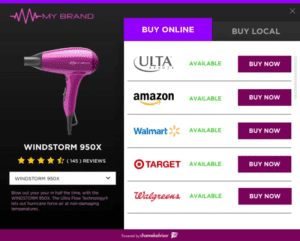
Improve targeting and marketing effectiveness to retail partners: Because these solutions create a bridge between your ads and your partner’s website, you are able to unlock more first-party data to understand how your target audience behaves across platforms, retailers, and campaigns.
For example, from a targeting perspective, you can start to build lookalikes of people who choose to click through and shop at Amazon.com from your ad experiences.
From a measurement perspective, these tools also allow you to not only track site clicks but also actual sales of your products via direct tracking with the retailer. This means you can actually track which of your creative is actually driving sales vs which ads are merely driving unqualified site traffic.
FREE GUIDE
How to Drive Omnichannel Sales on Meta
11 Steps + 4 Advanced Tactics to Take Your Marketing for Omnichannel Sales to the Next Level.
Review retailer performance against category benchmarks: Because these solutions are being used across multiple brands and multiple retailers, you can also see how your performance compares to others in your industry to ensure you’re optimizing for success.
For example, you can make comparisons across retailers and geographies to identify demand pockets and underleveraged strategies or compare your performance against historical benchmarks to validate hypotheses or better understand seasonality.

Strengthen retailer positioning: With all of this available data at your fingertips, you also have the ability to have better partnerships with retailers. For example, imagine how much more compelling it is to go to a retail partner you want to increase a purchase order with and be able to show them you are driving incremental traffic and revenue to their business!

If you’re curious where to start in finding the right multichannel ecommerce partner, here are six solutions worth looking into for your brand:
To learn more about driving omnichannel sales using Meta, check out our ebook here.

